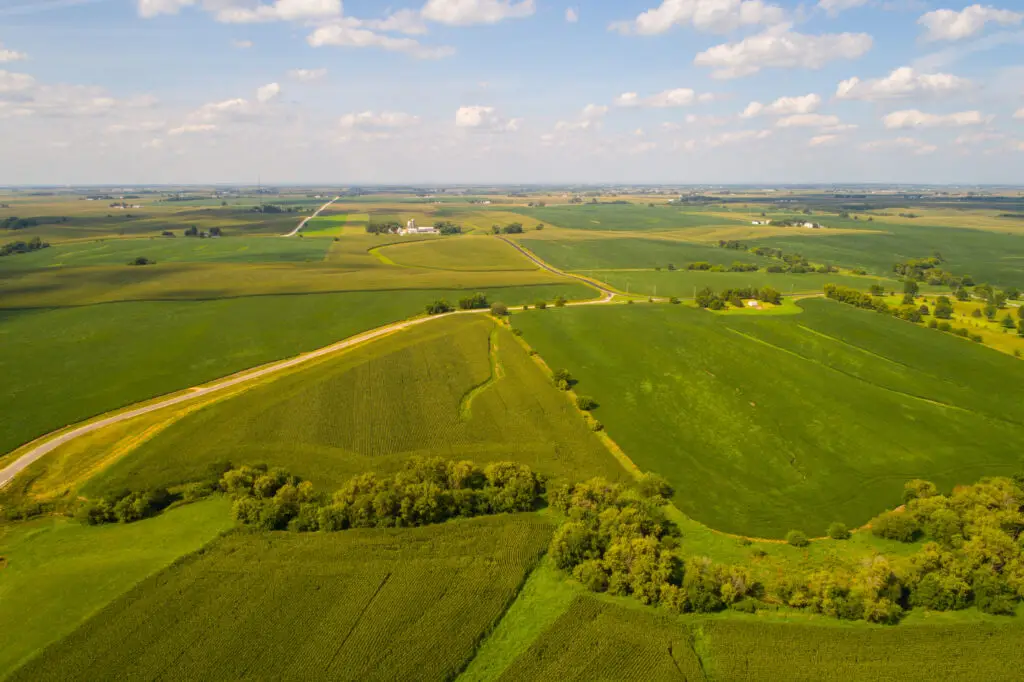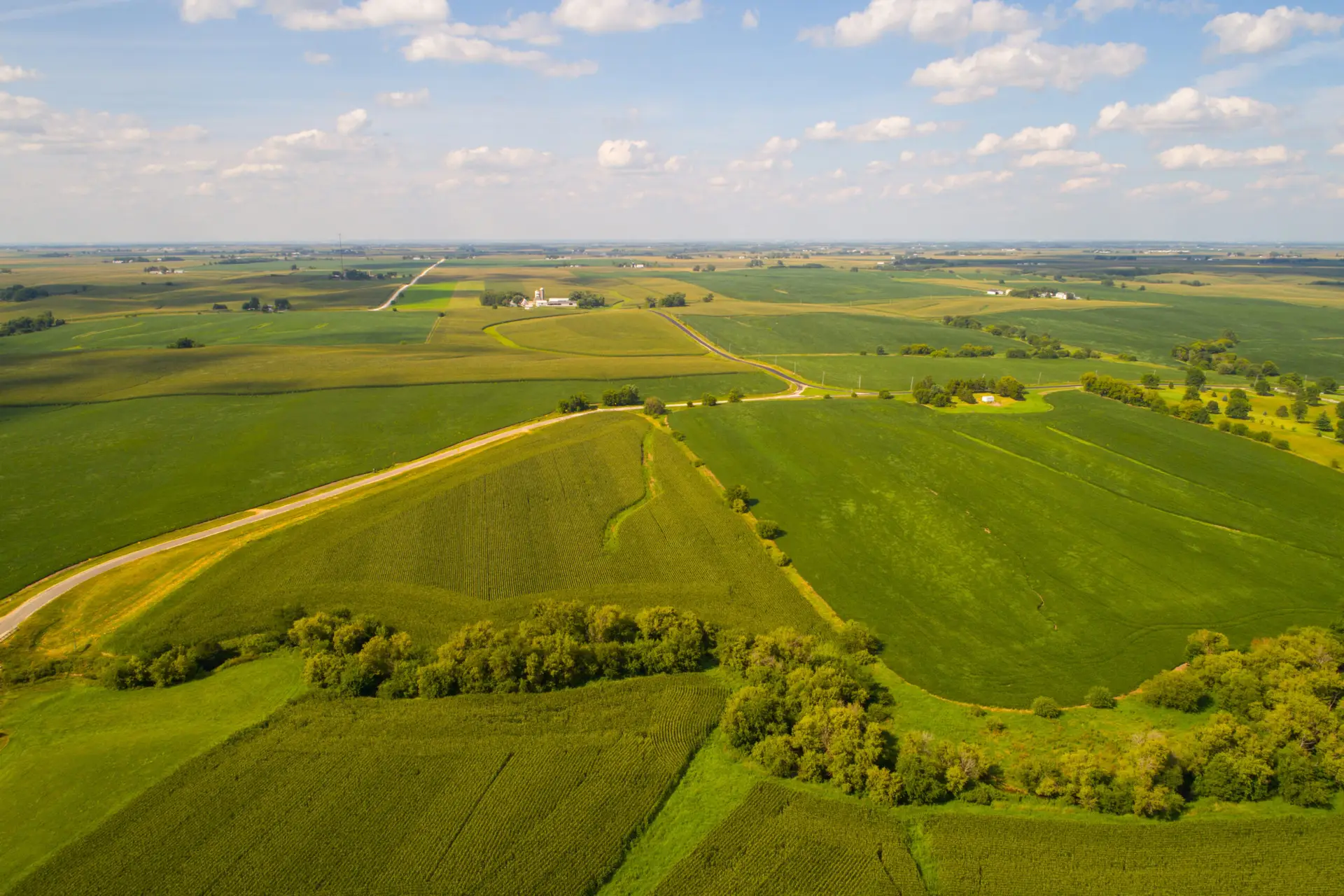
Introduction
In real estate and agriculture, managing tax liabilities is crucial to maximizing profits and ensuring the long-term sustainability of a business. One powerful tool that landowners and farmers can utilize is the 1031 exchange. This article delves into what a 1031 exchange is, how it works, and the significant tax advantages it provides. We’ll also explore the pros and cons of utilizing this strategy, tailored specifically for those in the agricultural sector.
What is a 1031 Exchange?
A 1031 exchange, named after Section 1031 of the Internal Revenue Code, allows investors to defer capital gains taxes on the sale of a property by reinvesting the proceeds into a similar property of equal or greater value. This provision is particularly beneficial for farmers and agricultural landowners looking to optimize their investments without the immediate burden of hefty tax payments.
How Does a 1031 Exchange Work?
Step-by-Step Process
1. Identification of the Replacement Property: Within 45 days of selling the original property, you must identify potential replacement properties. The identification must be in writing and signed by all parties involved.
2. Sale of the Relinquished Property: Sell your current property, ensuring that the proceeds are held by a qualified intermediary, not directly by you. This step is crucial to comply with 1031 exchange regulations.
3. Purchase of the Replacement Property: Within 180 days of selling your original property, you must close on the purchase of the replacement property using the funds held by the intermediary.
4. Like-Kind Requirement: The properties involved in the exchange must be of “like-kind,” meaning they must be of the same nature, character, or class, even if they differ in grade or quality. For agricultural purposes, this often means exchanging one parcel of farmland for another. The replacement property must be of equal or greater value, and the investor must maintain the same level of debt or replace it with additional equity.
Example Scenario
Imagine you own a 200-acre farm that you’ve decided to sell for $2 million. Instead of paying capital gains tax on the sale, you identify a 300-acre farm listed for $2.5 million as your replacement property. By using a 1031 exchange, you can defer the capital gains tax, reinvest the proceeds, and even expand your farming operations.
Tax Advantages of a 1031 Exchange
Deferral of Capital Gains Tax
The primary benefit of a 1031 exchange is the deferral of capital gains taxes. This deferral can be substantial, especially for agricultural land that has appreciated significantly over time. By deferring these taxes, you can reinvest more capital into your new property, promoting growth and expansion without the immediate tax burden.
Depreciation Recapture Benefits
When you sell a property, any depreciation you claimed in the past is subject to recapture and taxed at a higher rate. This tax is recaptured at a rate of up to 25%. However, in a 1031 exchange, depreciation recapture can be deferred if the replacement property’s value and the value of its depreciable components are equal to or greater than those of the relinquished property
Wealth Accumulation
Over time, you can build significant wealth by continuously deferring taxes through successive 1031 exchanges. This strategy enables you to leverage your investments more effectively, enhancing your financial stability and growth potential.
Pros and Cons of 1031 Exchanges
Pros
1. Tax Deferral: The primary advantage is the ability to defer capital gains taxes, allowing for greater reinvestment potential.
2. Portfolio Diversification: A 1031 exchange allows diversifying your investment portfolio by acquiring different types of agricultural properties or expanding into new geographic areas.
3. Estate Planning Benefits: When structured correctly, 1031 exchanges can be a powerful estate planning tool. They allow you to transfer properties to heirs on a stepped-up basis, potentially eliminating deferred capital gains taxes.
4. Increased Cash Flow: By deferring taxes, you retain more capital to reinvest, which can lead to increased cash flow and overall financial stability.
Cons
1. Complexity and Strict Timelines: The process of executing a 1031 exchange can be complex, requiring strict adherence to timelines and regulations. Missing deadlines can disqualify the exchange, leading to immediate tax liabilities.
2. Qualified Intermediary Requirement: Engaging a qualified intermediary is essential, which can add to the overall cost and complexity of the transaction.
3. Like-Kind Requirement: The requirement to exchange for like-kind property can limit flexibility, especially if suitable replacement properties are hard to find.
4. Market Risk: As with any real estate transaction, market fluctuations can impact the value of both the relinquished and replacement properties, posing potential financial risks.
Considerations for Agricultural Landowners
Market Trends
Agricultural land values can be highly variable, influenced by factors such as crop yields, commodity prices, and regional demand. Understanding current market trends is crucial when considering a 1031 exchange to ensure you are making a sound investment.
Property Management
Exchanging properties may lead to changes in management requirements. Ensure you are prepared for any new responsibilities or challenges associated with the replacement property.
Long-Term Goals
Aligning your 1031 exchange strategy with your long-term business goals is essential. Consider how the exchange will impact your overall business operations, expansion plans, and financial objectives.
Case Studies
Case Study 1: Expanding Operations
A farmer in Iowa owns 150 acres of farmland valued at $1.5 million. He identifies a larger, 250-acre plot in Nebraska priced at $2 million. By executing a 1031 exchange, he defers the capital gains tax on the $1.5 million sale and reinvests in the larger plot, allowing him to increase his production capacity and diversify his crop portfolio.
Case Study 2: Diversifying Investment
A landowner in California decides to sell a 50-acre vineyard valued at $3 million. She uses a 1031 exchange to purchase a combination of a smaller vineyard and an adjacent olive grove. This diversification reduces her dependence on a single crop, spreads risk, and potentially increases her overall income.
Practical Tips for a Successful 1031 Exchange
1. Consult with Professionals: Engage with qualified tax advisors, real estate professionals, and intermediaries to ensure compliance with all 1031 exchange requirements.
2. Plan Ahead: Start planning your exchange well in advance of selling your property to identify suitable replacement properties and adhere to all timelines.
3. Understand the Rules: Familiarize yourself with the IRS rules and regulations governing 1031 exchanges to avoid common pitfalls and disqualification.
4. Evaluate Replacement Properties: Conduct thorough due diligence on potential replacement properties to ensure they meet your investment criteria and long-term goals.
Conclusion
For agricultural landowners, the 1031 exchange offers a powerful mechanism to defer capital gains taxes, enhance investment opportunities, and promote long-term financial growth. While the process can be complex, the benefits often outweigh the challenges, making it a valuable strategy for those looking to optimize their real estate investments. By understanding the intricacies of 1031 exchanges and working with qualified professionals, you can leverage this tool to build a more robust and diversified agricultural portfolio.
By carefully considering the pros and cons and aligning your strategy with your business goals, you can take full advantage of the opportunities presented by 1031 Exchanges, ensuring a prosperous and sustainable future for your agricultural endeavors.


Recent Comments